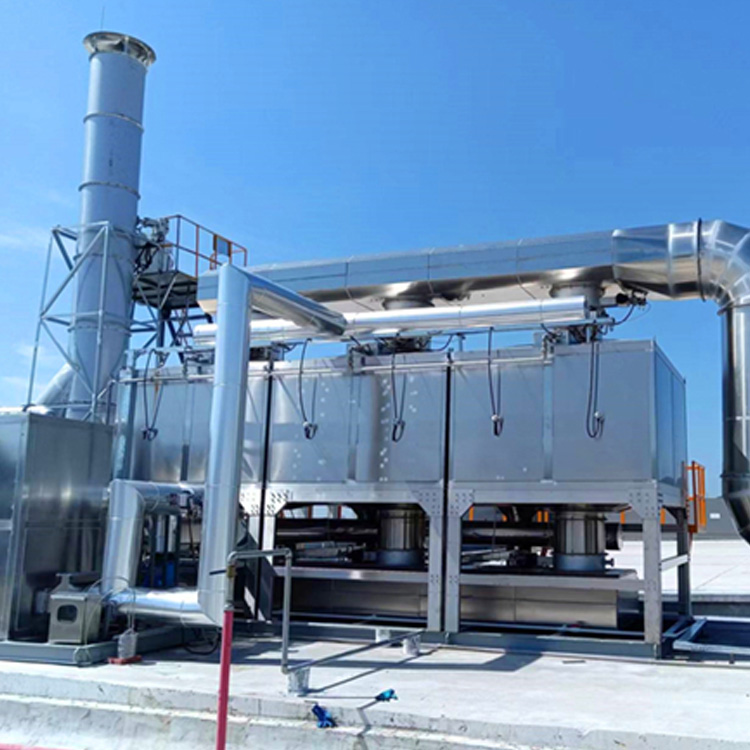
The activated carbon adsorption desorption catalytic combustion device is designed based on two basic principles: adsorption (high efficiency) and catalytic combustion (energy saving), namely adsorption concentration catalytic combustion method.
The activated carbon adsorption desorption catalytic combustion device is designed based on two basic principles: adsorption (high efficiency) and catalytic combustion (energy saving), namely adsorption concentration catalytic combustion method.
The exhaust gas containing organic matter passes through the activated carbon adsorption layer by the action of the fan, and the organic matter is adsorbed inside by the unique force of the activated carbon, and the clean gas is discharged; After a period of time, when the activated carbon reaches saturation, adsorption stops, and the organic matter has already been concentrated in the activated carbon.
The catalytic purification device is equipped with a heating chamber. When the heating device is activated and enters the internal circulation, when the hot gas source reaches the boiling point of organic matter, the organic matter evaporates from the activated carbon and enters the catalytic chamber for catalytic decomposition into water and carbon dioxide, while releasing energy. When the released energy is used to enter the adsorption bed for desorption, the heating device completely stops working, and the organic waste gas maintains spontaneous combustion in the catalytic combustion chamber. The exhaust gas is regenerated and circulated until the organic matter is completely separated from the activated carbon and decomposed in the catalytic chamber. Activated carbon has been regenerated, and organic matter has been decomposed and treated.
Process flow of activated carbon adsorption desorption catalytic combustion device:
1. After being pretreated by a dry filter, organic waste gas enters an activated carbon adsorption bed to adsorb organic solvents in the waste gas using the characteristics of activated carbon's multiple micropores and huge surface tension, purifying the discharged waste gas as the first working process;
2. After saturation of activated carbon adsorption, the organic solvents adsorbed on the activated carbon are removed by hot gas flow at a certain concentration ratio and sent to the catalytic combustion bed as the second working process;
3. After further heating, the high concentration organic waste gas entering the catalytic combustion bed undergoes oxygen decomposition under the action of the catalyst, which is converted into CO2 and H2O. The heat released from the decomposition is recovered by an efficient heat exchanger and used to preheat the high concentration organic waste gas entering the catalytic combustion bed. This is the third working process. After running for a certain period of time to reach self equilibrium, the desorption and catalytic oxidation decomposition processes do not require external energy heating.
Scope of application of activated carbon adsorption desorption catalytic combustion device:
The petroleum, chemical, plastic, rubber, pharmaceutical, printing, furniture, textile printing and dyeing, coating, coating, semiconductor manufacturing, synthetic materials and other industries generate medium to high concentration and high air volume organic waste gas treatment. The types of organic substances that can be treated include benzene, phenols, aldehydes, ketones, ethers, esters, alcohols, hydrocarbons, etc.
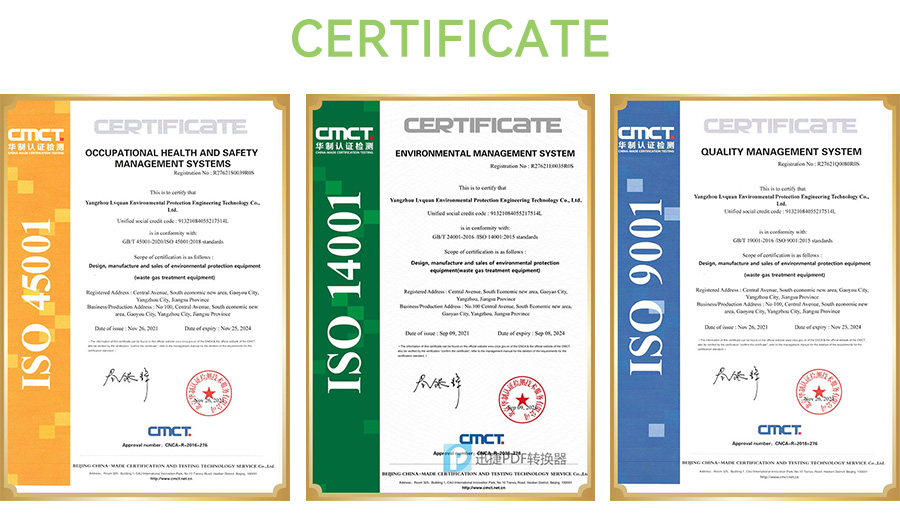
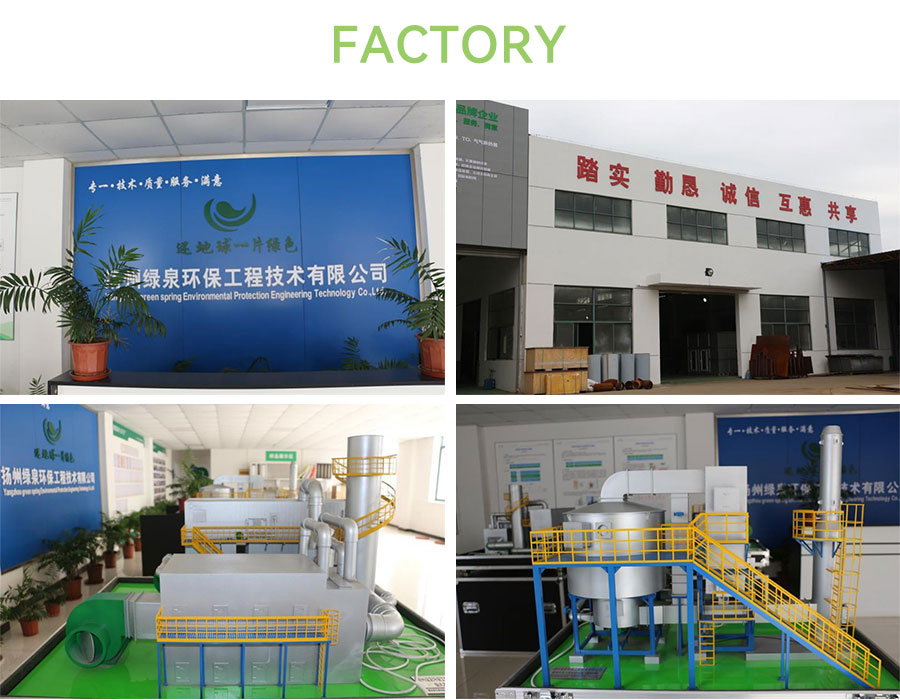
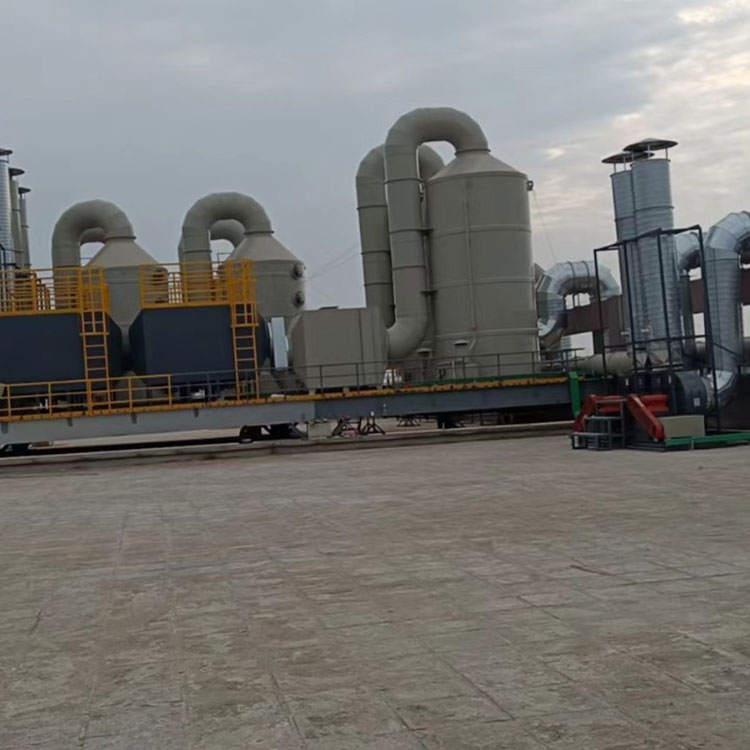 Activated Carbon Adsorption Device
Activated Carbon Adsorption Device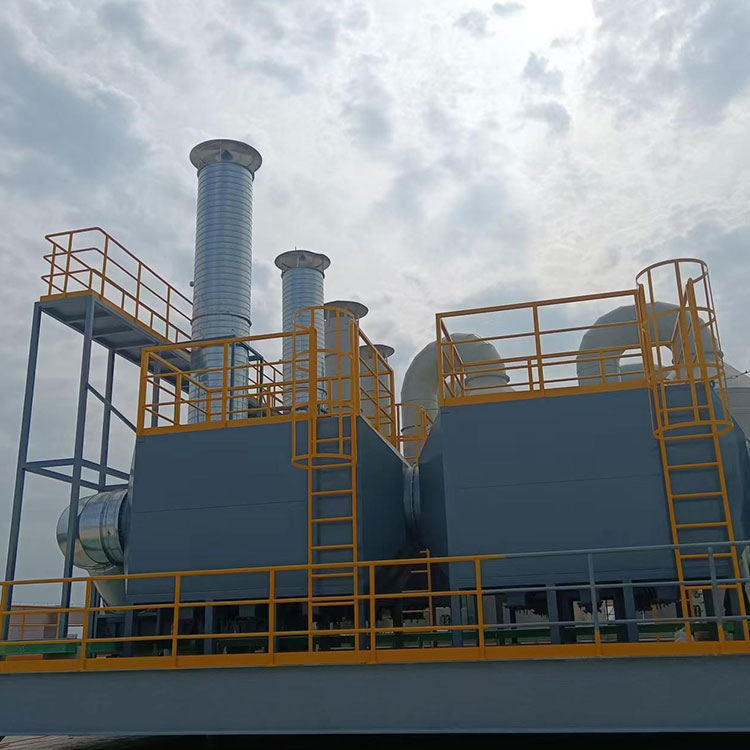 Activated Carbon Adsorption Desorption Condensation Recovery Device
Activated Carbon Adsorption Desorption Condensation Recovery Device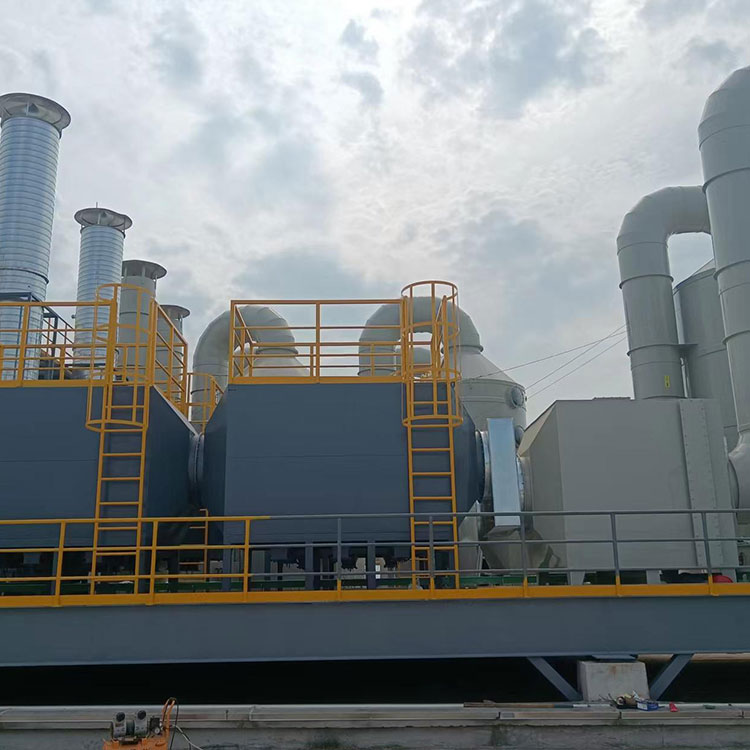 Activated Carbon Adsorption Desorption and Catalytic Combustion Integrated Device
Activated Carbon Adsorption Desorption and Catalytic Combustion Integrated Device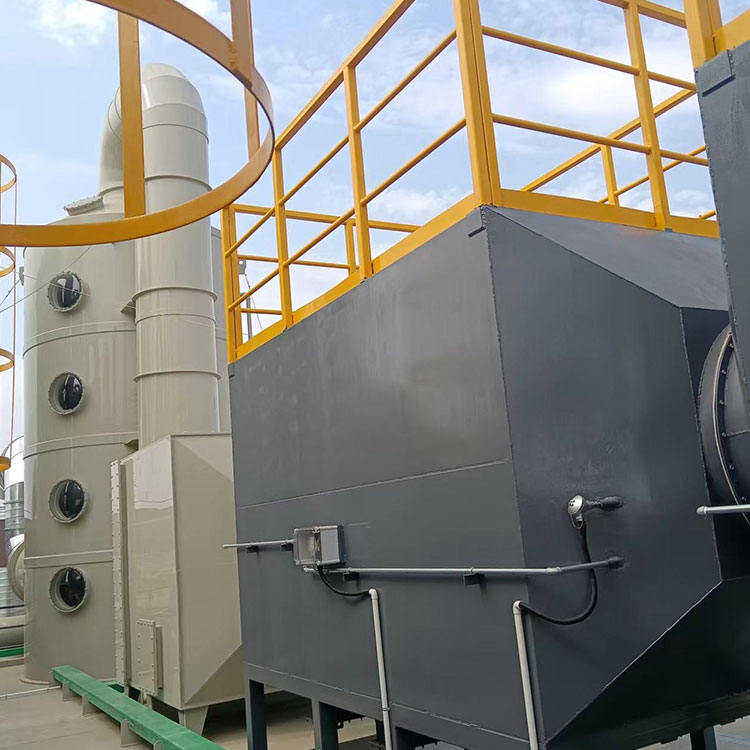 Activated Carbon Adsorption and Desorption Catalytic Combustion Device
Activated Carbon Adsorption and Desorption Catalytic Combustion Device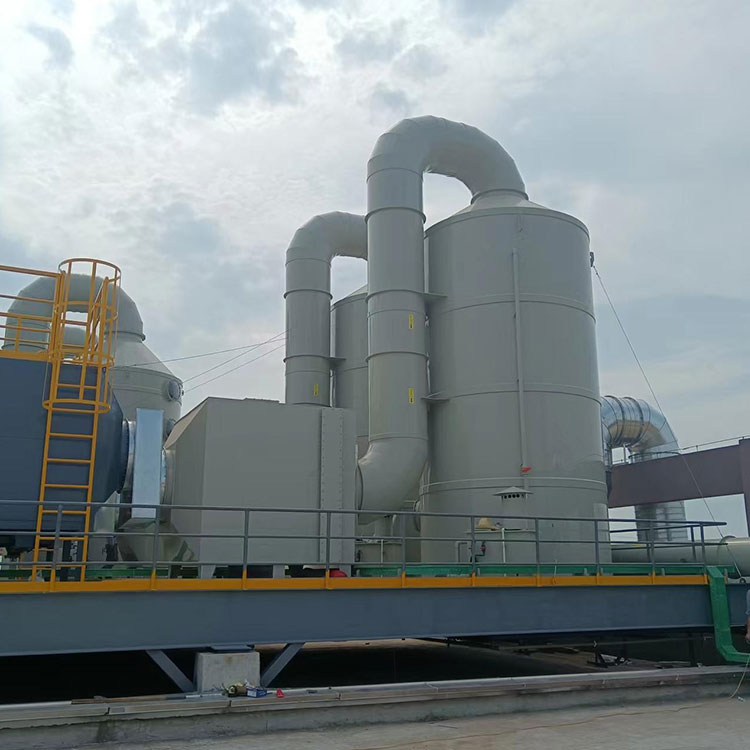 Activated Carbon Adsorption Box
Activated Carbon Adsorption Box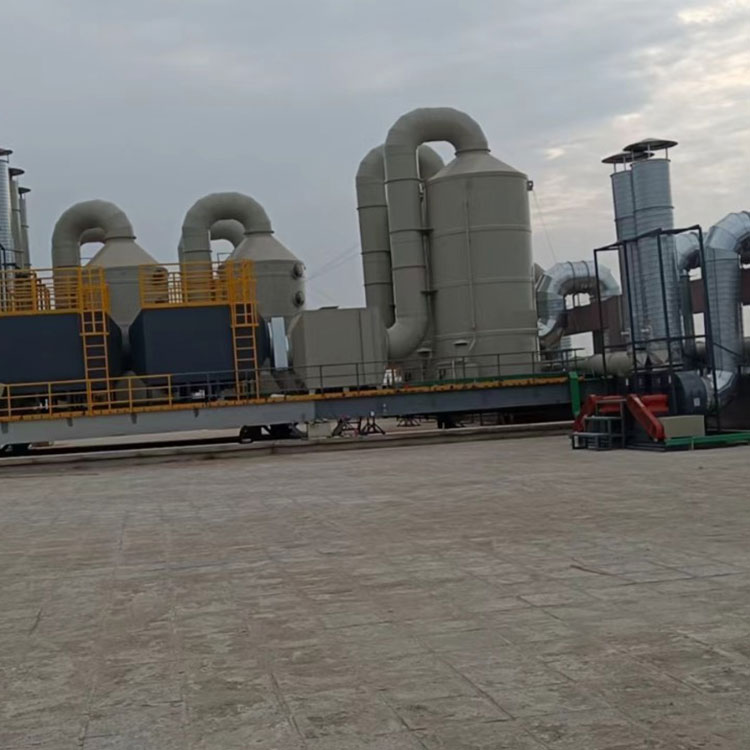 Activated Carbon Adsorption Desorption Condensation Recovery Equipment
Activated Carbon Adsorption Desorption Condensation Recovery Equipment